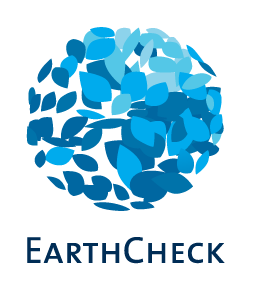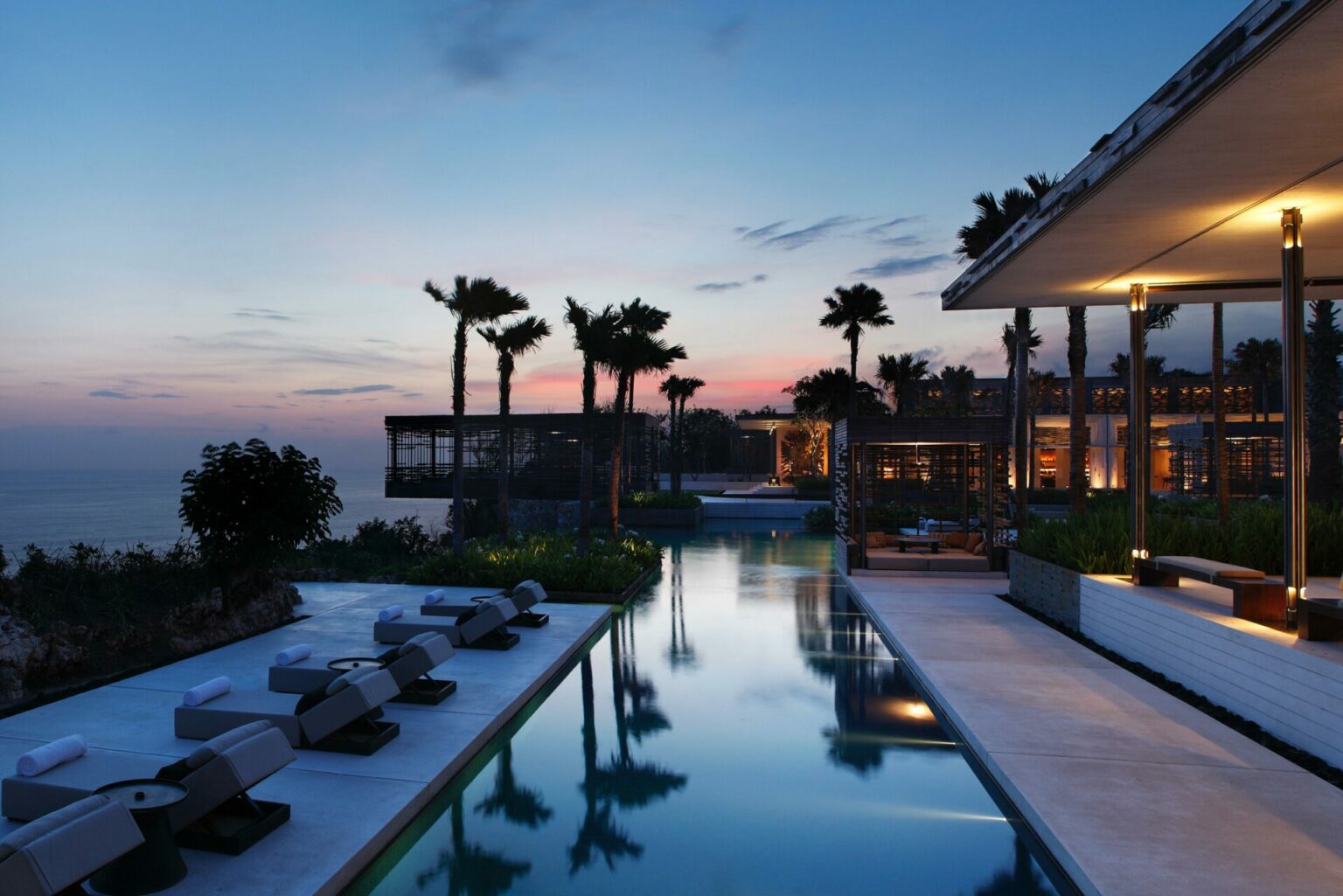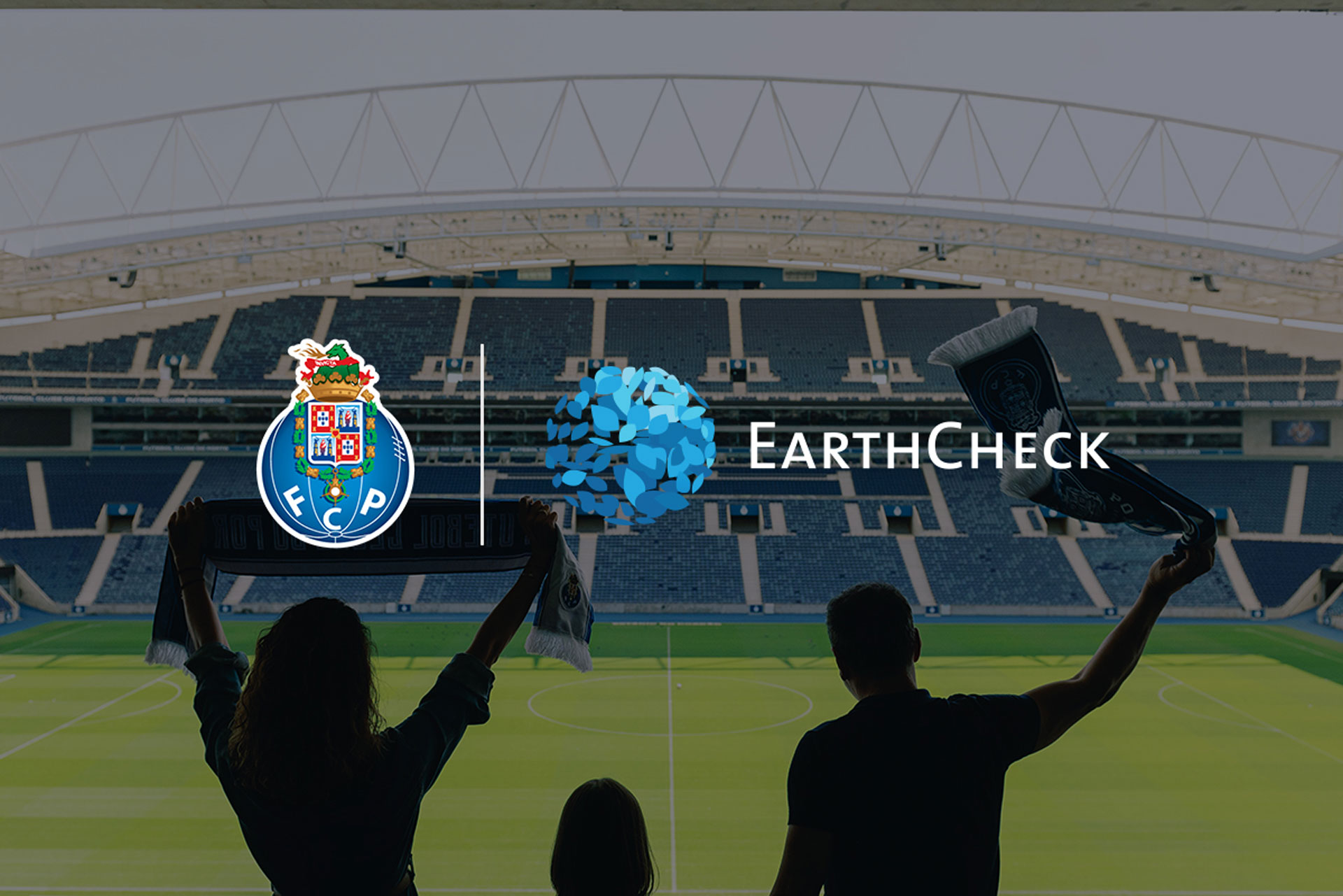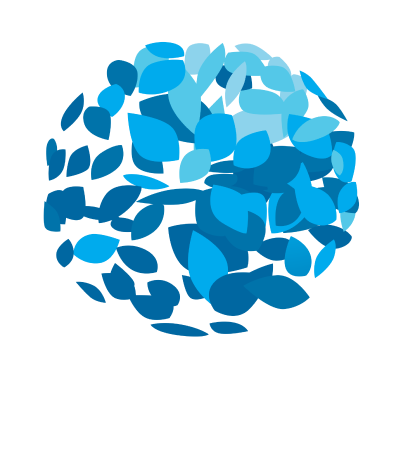EarthCheck Design, the innovative sustainability certification service for building and refurbishment projects, is helping architects, planners and developers around the world to leave an eco-friendly, energy-efficient and community-focused legacy.
EarthCheck, the world’s leading scientific benchmarking, certification and advisory group for travel and tourism, has been supporting the industry to measure and improve its sustainability efforts since 1987.
The company’s award-winning Building Planning and Design Standard (BPDS), which building and refurbishment projects are required to follow to achieve EarthCheck Design certification, helps to inject sustainability principles into these projects early.
Andy Vo, Program Manager of EarthCheck Design, says the BPDS provides guidelines, tools and indicators to help developers minimise their energy consumption and greenhouse gas emissions, while maximising their contribution to the community.
“It’s a framework that helps developers to predict the potential impacts of a project, and to identify opportunities to innovate and go beyond best practice,” he says. “Sustainability in design isn’t just about doing less harm – it’s about actively looking for ways to do more good.”
The sustainable principles EarthCheck Design supports architects, planners and developers to apply include:
- Passive design strategies, including the purposeful use of building orientation and layout, natural ventilation, shading and overhangs, high performance façades, thermal mass and insulation to optimise natural resources such as sun, wind and shade.
- Indoor environment and pollution control, including the use of sustainable materials, low Volatile Organic Compound (VOC) materials, and refrigerants with zero ozone depletion; and design intended to reduce noise from heating, ventilation and air conditioning (HVAC) equipment.
- Biodiversity loss reduction, through habitat restoration, endangered species conservation, protected area management, invasive species control and climate change mitigation.
- Water conservation or potable water use reduction, including the use of efficient water fixtures and appliances, water-efficient landscaping, irrigation management and rainwater harvesting.
Andy says the BPDS framework also requires developers to consult the local community, and to implement design changes based on the feedback they receive.
“As a developer, you’re not always going to be able to make everyone happy,” he says. “But if you make an effort to consult the community early on, and to incorporate their feedback into your design, you’re going to improve your social licence to operate in that community.”
EarthCheck Design also provides specialised training for Design Accredited Professionals, who can be consulted to help ensure projects are designed and built sustainably from start to finish.
Design for living
EarthCheck Design’s science-based approach can be applied to benchmark and certify a variety of building projects, including tourism, commercial, retail, industrial, residential and small mixed-use developments.
Here are just a few projects that have recently been guided towards asset efficiency and improvement by EarthCheck Design.
Saint James Albany Paris Hôtel Spa
This heritage hotel located in the heart of Paris, opposite The Louvre, has quite the storied past. Legendary author F Scott Fitzgerald, no stranger to Paris, is even believed to have stayed here on his first trip to the city in 1921.
The historic hotel is currently undergoing an extensive renovation to ensure it can provide guests with the highest levels of comfort, without sacrificing its character and heritage.
“Because of the hotel’s historic status, the exterior of the building can’t be changed at all,” Andy explains. “It’s not even possible to install solar panels on the roof, which would normally be a way for a building like this to earn credits towards certification. But they were able to integrate sustainability into their design in other, less obvious ways.
“Sustainability isn’t just about the environment, it’s also about social responsibility. That’s why an increase in staff training is one way to demonstrate your commitment to sustainability. They’ve put policies in place to provide their staff with opportunities for further training throughout their time there, to ensure their careers in the industry are long and fruitful.
“And while they’ve kept their classical architecture and their beautiful internal fittings, they’ve also incorporated cutting-edge equipment and appliances into their design to make certain the building goes above and beyond the industry standards for energy consumption, water consumption and waste management.
“By incorporating these elements into their refurbishment, they’ve been able to make improvements across the triple bottom line that put the hotel on a level playing field with any new build, while protecting the heritage assets that make it unique.”
Riverfront
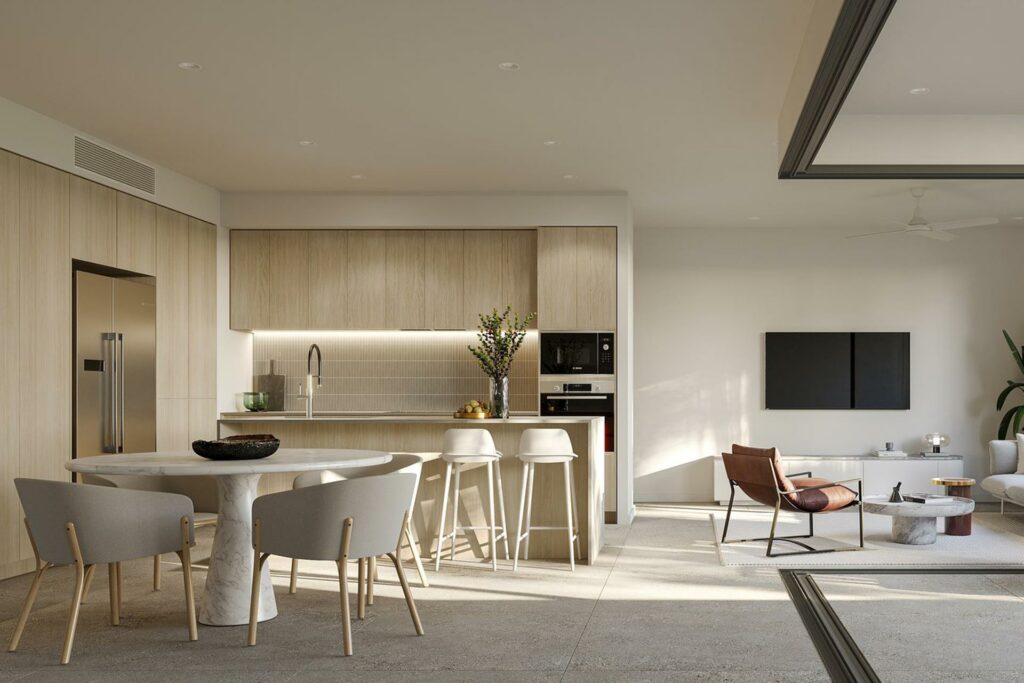
Riverfront is a terrace home precinct in Queensland, Australia. The 18-acre development is segmented into three distinct zones: the residential zone (containing 80 terrace homes), a recreation hub (including a resort pool, BBQ and outdoor dining) and a communal green space (including nature trails, an organic garden, seating areas and river/creek access).
The adjoining South Pine River and Albany Creek have significant ecological and State value. A conservation corridor has been created to protect its riparian visitation values.
The community-focused developer, Lucindale Holdings, has placed a strong emphasis on sustainability throughout their planning, design and construction phases. In line with the EarthCheck Design framework, a ‘whole of systems’ approach was undertaken to ensure that designs were constantly adapted and improved to enhance environmental, social, and economic outcomes.
“We wanted to integrate innovative sustainable design principles early on in the project in order to develop and maintain positive, productive and sustainable contributions for the intended residents and existing local community,” says Marcel Russ, Managing Director of Lucindale.
Mr Russ says the development, which has been certified by EarthCheck Design, is committed to the sustainable procurement of local products and services, and gives preference to natural design elements where possible.
“Our design approach acknowledges the uniqueness of the location and its environment,” he says, “and incorporates a number of measures to reduce energy and greenhouse gas emissions, conserve natural resources, and minimise waste generation and pollution throughout the planning and design of the development.”
Maroma, A Belmond Hotel
Established in 1976, Belmond has been a pioneer in luxury travel for more than 40 years, building a passion for authentic escapes into a portfolio of one-of-a-kind experiences in some of the world’s most inspiring and enriching destinations.
In August 2023, they’re set to unveil the new-look Maroma, A Belmond Hotel, in the heart of Mexico’s Riviera Maya on the Yucatán peninsula.
“Integrating hotels into the fabric of the local community is crucial to sustainability,” Andy says. “Maroma is an existing property that’s been refurbished and reimagined with the local culture and heritage at its core.”
In line with the EarthCheck Design framework, Belmond and designer Tara Bernerd worked with local artisans to honour Mexican heritage and preserve the original design and architecture of the property, including its white stucco buildings, which are aligned to the Sacred Geometry of Mayan masonry.

The hotel will also showcase local art and design, with 80 per cent of its furnishings and objects made by Mexican craftspeople, from hand-blown glass chandeliers and painted clay pots to traditional floor tiles.
Maroma’s Casa Mayor restaurant will source 90 per cent of its ingredients from Mexico, and almost half from the Yucatán peninsula, with freshly caught seafood taking pride of place on the menu.
The hotel will also support biodiversity by working with local organisations Fundación Selva Maya and Mayahuum to protect the endangered Melipona bee, which is of fundamental ecological importance to the Yucatán peninsula, as well as of spiritual significance to its people.
A new partnership with French perfume, cosmetics and skincare house Guerlain will include the expansion of resident Melipona hives; a new Melipona sanctuary for educational guest experiences; and ‘Bee School’ and ‘Women for Bees’ community initiatives; while Melipona honey will also feature on the culinary and mixology menus and as part of the hotel’s wellness offering.
Turtle conservation and other initiatives to preserve local flora and fauna will also be incorporated into the guest experience.
“They’ve also future-proofed the design by incorporating energy-efficient fixtures and appliances,” Andy says, “while preserving the building’s true character. And all of the materials being used internally are eco-friendly and sustainable, but they’re still of the highest quality.
“By following the EarthCheck Design framework, Belmond is able to provide guests with the luxurious experience you’d expect from such a prestigious hotel, without sacrificing sustainability.”
The future by design
Ultimately, to ensure certified designs deliver improved environmental, economic and social outcomes, EarthCheck Design requires projects to meet or exceed regional best practice performance benchmarks across 10 key performance areas (KPAs).
- Sustainability Planning Approach
- Energy Management
- Water Conservation
- Solid Waste Management
- Land Use Planning and Biodiversity
- Sustainable Materials and Resource Conservation
- Indoor Environmental Health and Pollution Control
- Sustainable Transport Solutions
- Social, Cultural and Economic Wellbeing
- Innovative Practices in Sustainability
“The ‘Innovative Practices in Sustainability’ KPA encourages developers to look at design through a different lens,” Andy says. “What can they do that exceeds the industry-leading standards within their region? For instance, we recently certified an office building where the project team was able to implement a technology that monitors water use on each level of the building – which types of fixtures are used, when they’re used and how often they’re used.
“That data is then fed to the building operator, who can control flow rates for each individual level. Because certain levels weren’t using a lot of water, especially when COVID restrictions were in place, diverting the flow rates accordingly enabled a considerable amount of water to be conserved.
“It wasn’t about doing just enough to meet the standard. It was about optimising the design, based on user behaviour, to achieve something that hadn’t been done before in that region. Design isn’t a cut-and-paste procedure – every building needs to be treated differently, based on how it’s going to be used.
“If they’re designed thoughtfully, they can adapt and evolve over time, as opposed to a building that scrapes by the current industry standards but quickly becomes obsolete.”
EarthCheck Design’s KPAs are aligned with the 2030 Agenda for Sustainable Development, and the United Nations Sustainable Development Goals, which recognise that strategies to tackle climate change and preserve the environment can’t be developed in a vacuum.
Instead, they must go hand-in-hand with strategies to end poverty, improve health and education, reduce inequality and spur economic growth.
“The EarthCheck Design approach provides developers with a holistic framework,” Andy says.
“Design can’t happen in isolation. Environmental, social, cultural and economic outcomes all need to be considered.
“A good designer needs to be able to see the big picture. The smart, efficient design principles we champion reduce energy and water consumption, cut down on greenhouse gas emissions, conserve natural resources, minimise waste generation and pollution, support local supply chains, and protect and enhance the natural, heritage and cultural assets that give a destination its value.
“That’s not just good for the planet. It’s good for business, because implementing these measures leads to significant operational cost savings and an internationally recognised EarthCheck Design certification that proves to visitors and buyers who are increasingly conscious of sustainability that your development is making a positive difference.”
